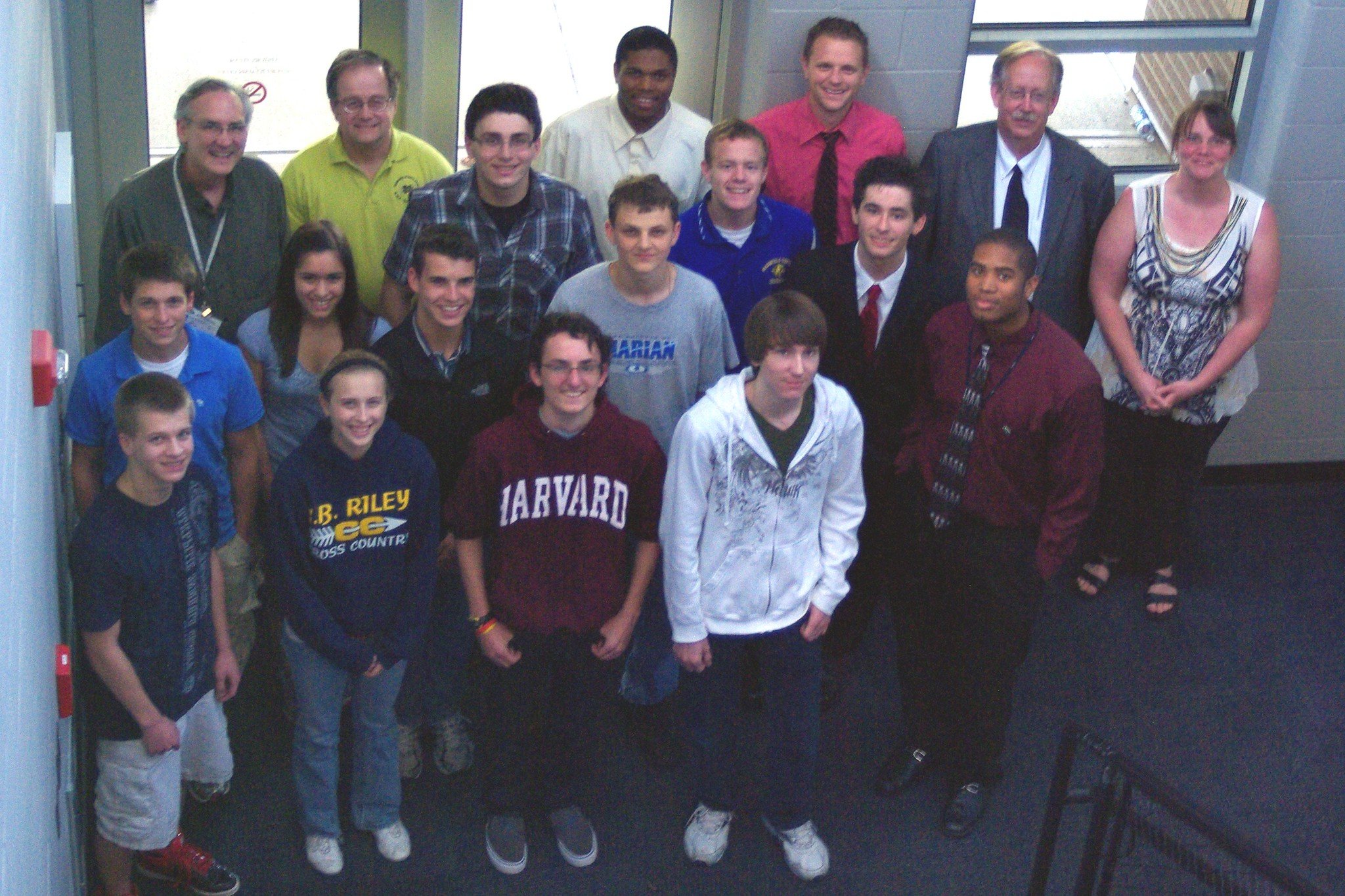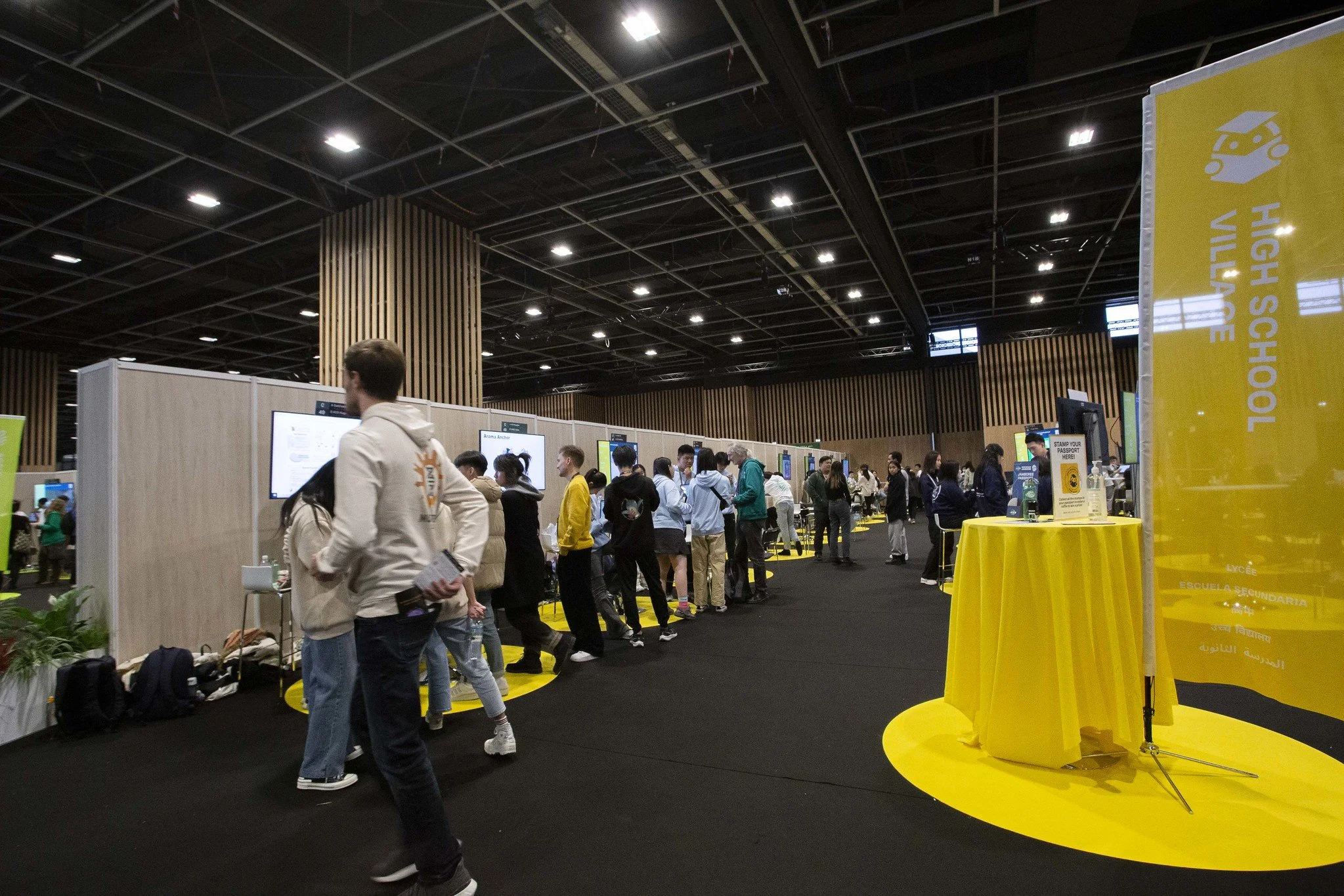The experimental nature of high school iGEM teams
This post is the first of a series focusing on high school teams in iGEM
“The willingness to experiment with change may be the most essential ingredient to success at anything.”
Over the past 20+ years, the iGEM Competition has continued to evolve as the elements and format of the competition have been subject to experimentation. In 2011, iGEM began an experiment by opening up the competition to high school students. The idea was to see how well these young, ambitious students might respond to the challenges of the competition. The results have been overwhelmingly positive. High school teams have become a vibrant, dedicated group within the iGEM community – they have made meaningful contributions to the field of synthetic biology, and enabled thousands of high school students to develop the skills they need to thrive and create a better future.
We’ve continued to experiment with various aspects of the iGEM Competition for high school teams, and this year we’re going to try yet another experiment:
Villages within the High School Zone at the Grand Jamboree
For the past few years, collegiate teams have been grouped into Villages (previously called Tracks) that represent the topics that iGEMers are most interested in working on. At the Grand Jamboree, Villages serve to bring together teams that are focused on solving specific global challenges so they can interact and collaborate.
High School teams can share Village Selections for the first time in 2024! Their Village choice will be used to assign them to their villages within a new High School Zone at the Grand Jamboree.
The idea behind Villages within the High School Zone at the Grand Jamboree is to bring together in physical space high school teams that share similar interests. Like the collegiate teams, the high school teams will be able to declare which Village they would like to join. However, the high school teams will compete within the High School Zone and will not compete for Village awards.
To give you a greater perspective on the experimental nature of the iGEM Competition for high school teams, let’s look back at the history and accomplishments of high school teams in iGEM.
The History of High School Teams in iGEM
Beginning as a separate competition
In 2011, high school teams in iGEM began as a separate competition with 5 teams, all from Indiana in the United States. The following year, the high school iGEM competition became international, growing to 55 teams from 10 countries and regions by 2014.



During these early years, the High School Jamboree was held as a separate event at MIT, where the top high school teams were recognized and celebrated as finalists, 1st Runner Up, 2nd Runner Up, and Grand Prize Winners. High school teams were also recognized for excellence in particular areas through Special Prizes.
Becoming a track in the main competition
Beginning in 2015, the high school teams were merged as a track within the main competition, and joined together with the collegiate teams to celebrate the iGEM season at the same Jamboree. Since then, the number of high school iGEM teams has grown steadily, reaching a high of 119 teams from 17 countries and regions in 2023.
As a merged competition, high school teams are still celebrated as finalists, 1st Runner Up, and Grand Prize Winners, and are recognized for excellence in particular areas through Special Prizes. The high school teams are also eligible for Gold, Silver, and Bronze Medals.
Accommodating diversity among high school teams
Participating in the iGEM Competition poses a number of unique challenges for high schools, such as having a sufficient number of students to form a team, having access to lab space, ability to obtain institutional support, fundraising, etc.
To solve some of these challenges, high school teams have become more diverse – while some teams are organized by the high schools or nearby community labs, other teams are organized by third-party institutions that are able to build iGEM teams for high schools that do not have access to laboratory facilities or for high school students who do not have an iGEM program at their own school. In 2021, iGEM began to formally recognize high school teams that are organized by these third-party institutions by creating the “Commercial Team” category.
Note: The challenges facing high school teams and iGEM’s work with high schools and third-party institutions will be covered in future posts focusing on high school teams in iGEM.
Celebrating the accomplishments of high school teams in iGEM
Over the years, high school iGEM teams from countries and regions all around the world have shown again and again that high school students are able to rise to the challenge of making the world a better place using the tools of synthetic biology. Here are the projects from some of the winning high school iGEM teams:
Heidelberg LSL 2012 (Germany) developed a synthetic toolkit to measure both UV and radioactive radiation that can be used in a variety of everyday life settings – from checking the exposure of your body to UV-light during sun-bathing to detecting sources of radioactivity in high-risk-areas. Grand Prize Winner, Best New BioBrick Part - Natural, Best New BioBrick Part or Device - Engineered, Best Experimental Measurement, Best Wiki, Best Presentation.
Lethbridge Canada 2013 (Canada) aimed to create a natural form of Oxytocin, a hormone that has many effects on the body, that can be used for widespread research and medical application. Grand Prize Winner, Best New BioBrick Part - Natural, Best Wiki.
CSIA-SouthKorea 2014 (Republic of Korea) engineered Klebsiella oxytoca, a bacterium with the ability to precipitate calcite and solidify sand given a calcium source and urea, to prevent the degradation of fertile land into arid desert. Grand Prize Winner.
TAS Taipei 2015 (Taiwan) aimed to prevent tissue damage from chronic inflammation by limiting the activity of the serine protease GzmB in the extracellular matrix without affecting its intracellular functions. Grand Prize Winner, Best Wiki, Best High School Project, Gold Medal.
HSiTAIWAN 2016 (Taiwan) designed biosensors to detect heavy metals and aflatoxin in Chinese medicine. Grand Prize Winner, Best Applied Design, Gold Medal.
TAS Taipei 2017 (Taiwan) aimed to remove nanoparticles from rural and urban wastewater treatment plants using two approaches: 1) bind citrate-capped nanoparticles with the membrane protein proteorhodopsin, and 2) trap nanoparticles using E. coli biofilm. Grand Prize Winner, Best Wiki, Gold Medal.
GreatBay China 2018 (China) aimed to synthesize nepetalactol, a precursor of plant-derived compounds with great therapeutic value, through the co-culture of E. coli and yeast. Grand Prize Winner, Best Model, Best Product Design, Best New Basic Part, Best New Composite Part, Best Part Collection, Best Wiki, Best Poster, Gold Medal.
GreatBay SZ 2019 (China) manufactured recombinant spider silk with E.coli and colored the silk for application in the cloth industry. Grand Prize Winner, Best Hardware, Best New Basic Part, Best Part Collection, Best Presentation, Best Wiki, Gold Medal.
TAS_Taipei 2020 (Taiwan) devised a method for detecting agricultural contaminants, such as heavy metals and pesticides, on fresh produce that could be used by farmers and the home consumer. Grand Prize Winner, Best Education, Best Measurement, Best New Basic Part, Best New Composite Part, Best Part Collection, Best Poster, Best Presentation, Best Software Tool, Gold Medal.
LINKS_China 2021 (China) created a humane and sustainable leather substitute using bacterial cellulose produced by co-culturing Komagataeibacter with Saccharomyces cerevisiae. Grand Prize Winner, Top 10, Best Part Collection, Best Supporting Entrepreneurship, Best Wiki, Gold Medal.
Lambert_GA 2022 (United States) engineered an early-diagnosis screening test for coronary artery disease using microRNA biomarkers. Grand Prize Winner, Best WIKI, Best Presentation, Gold Medal.
Japan-United 2023 (Japan) aimed to produce three antidepressant compounds that are found in saffron, a flower cultivated in Japan for centuries, that could be consumed by the general public in the form of a cookie to support mental health. Grand Prize Winner, Best Education, Best Entrepreneurship, Best Presentation, Gold Medal.
We are proud of all the high school iGEM teams that have used their imagination and skill in applying the tools of synthetic biology to make the world a better place. We can’t wait to see what the 2024 high school iGEM teams will contribute to the world!







